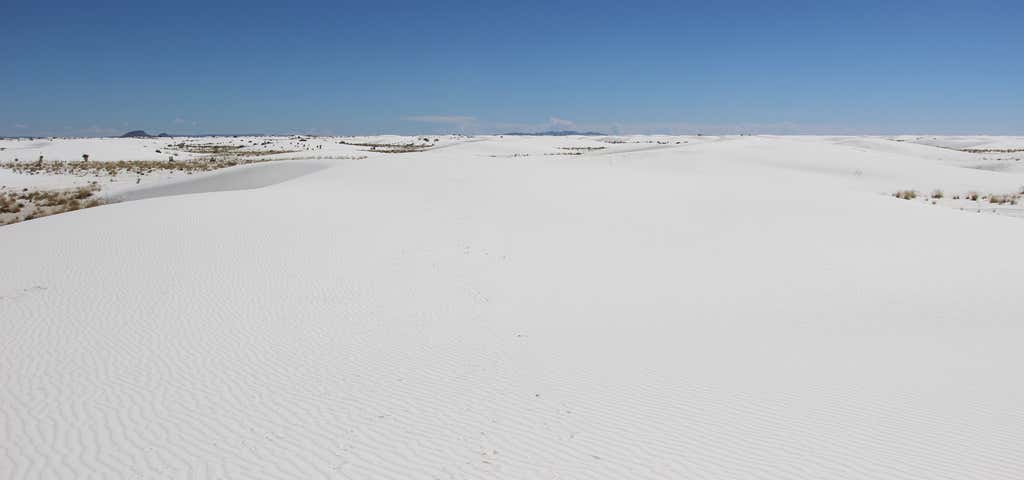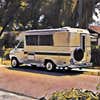Natural Wonder
Our Take
As a national monument, there isn’t much to the park’s facilities, but it doesn’t matter when the scenery is so stunning. The sand on the dunes is even brighter white in person than it appears in photos, and the feeling of exploring an empty, bleached-out desert is just really incredible. You don’t need four-wheel drive or anything special to drive through the dunes, but the road is only paved to a point, after which it becomes packed sand that gets less and less packed the further out it gets.











/-106.17330549330146,32.779750425496616,14/300x172@2x?access_token=pk.eyJ1Ijoicm9hZHRyaXBwZXJzIiwiYSI6ImNsdjQ5N2VtZDA2bW8ycW13ZHAxeGhjbjkifQ.UIccpoAxc7g3BAuK4s9vjg)